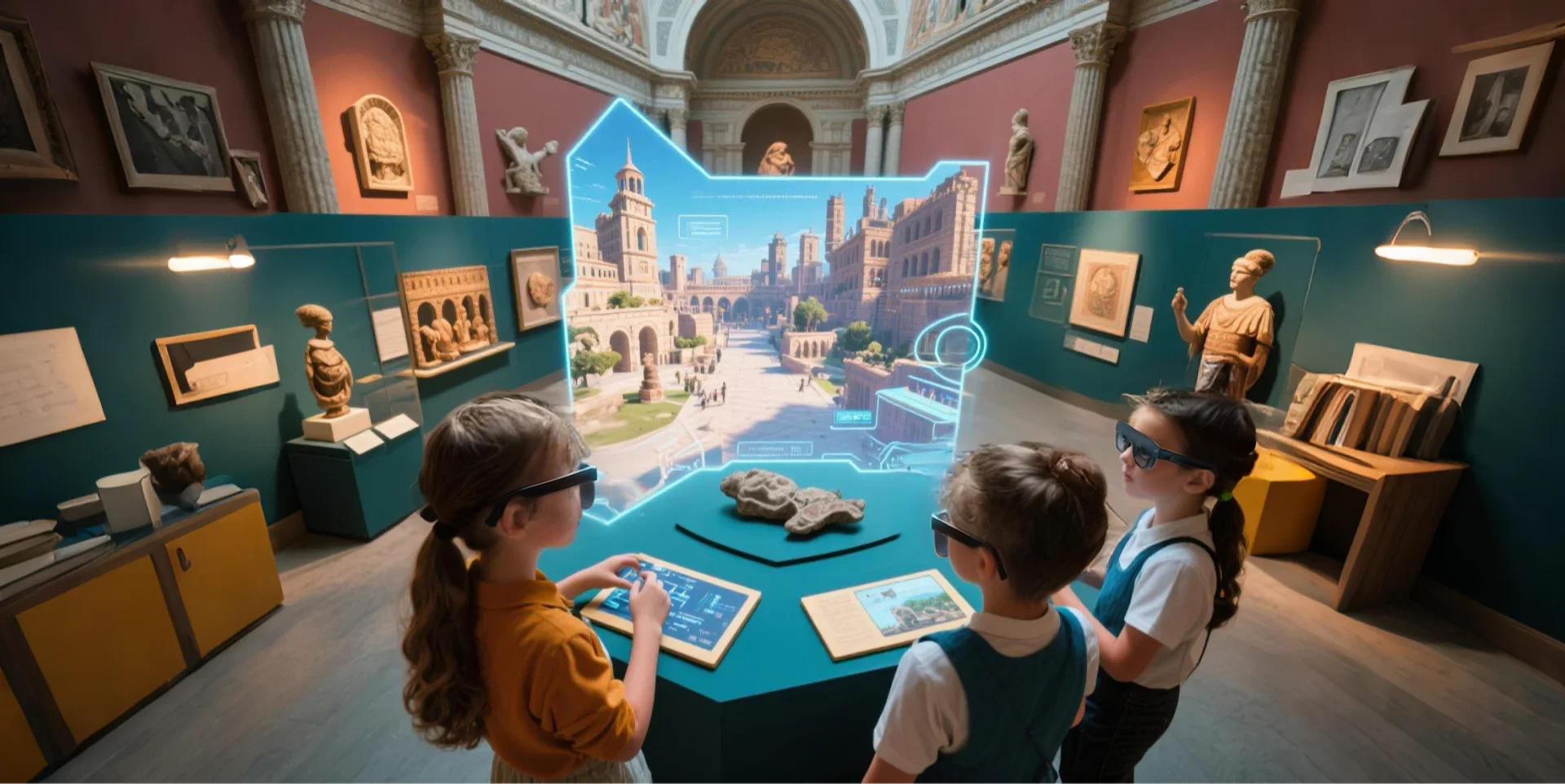What It Is:
Spatial Cultural Tourism uses immersive technologies like AR, VR, and MR to bring culture, heritage, and history to life. Visitors can explore reconstructed sites, engage with interactive artifacts, and experience historical events—all through multisensory digital storytelling that makes culture accessible and engaging for everyone.
Democratize Access:
Make culture and heritage available to anyone, anywhere, through virtual tours and digital exhibits.
Enhance Engagement:
Interactive, multisensory experiences boost visitor interest, learning, and emotional connection.
Preserve Heritage:
Digitally archive and share fragile or endangered sites and artifacts for future generations.
How It’s Used in Industry:
Museums & Galleries:
Institutions use AR overlays to animate artifacts, offer interactive exhibit guides, and provide virtual tours that reach global audiences.
Tourism & Heritage Sites:
Historic locations deploy VR headsets or AR apps to recreate ancient cities, enabling visitors to experience places as they once were.
Education & Outreach:
Schools and cultural organizations use MR to let students and visitors participate in immersive reenactments and digital explorations, deepening learning and engagement.
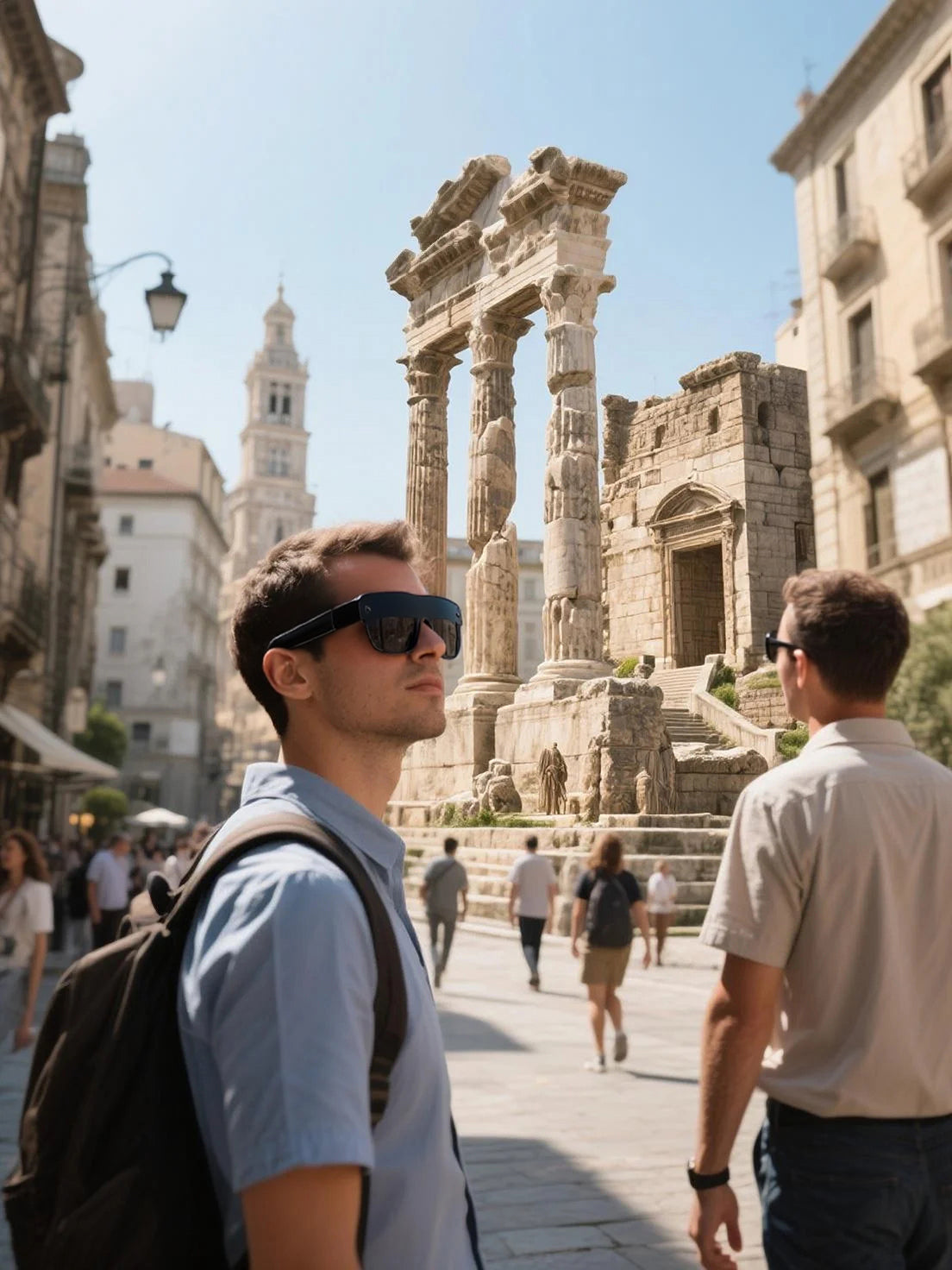
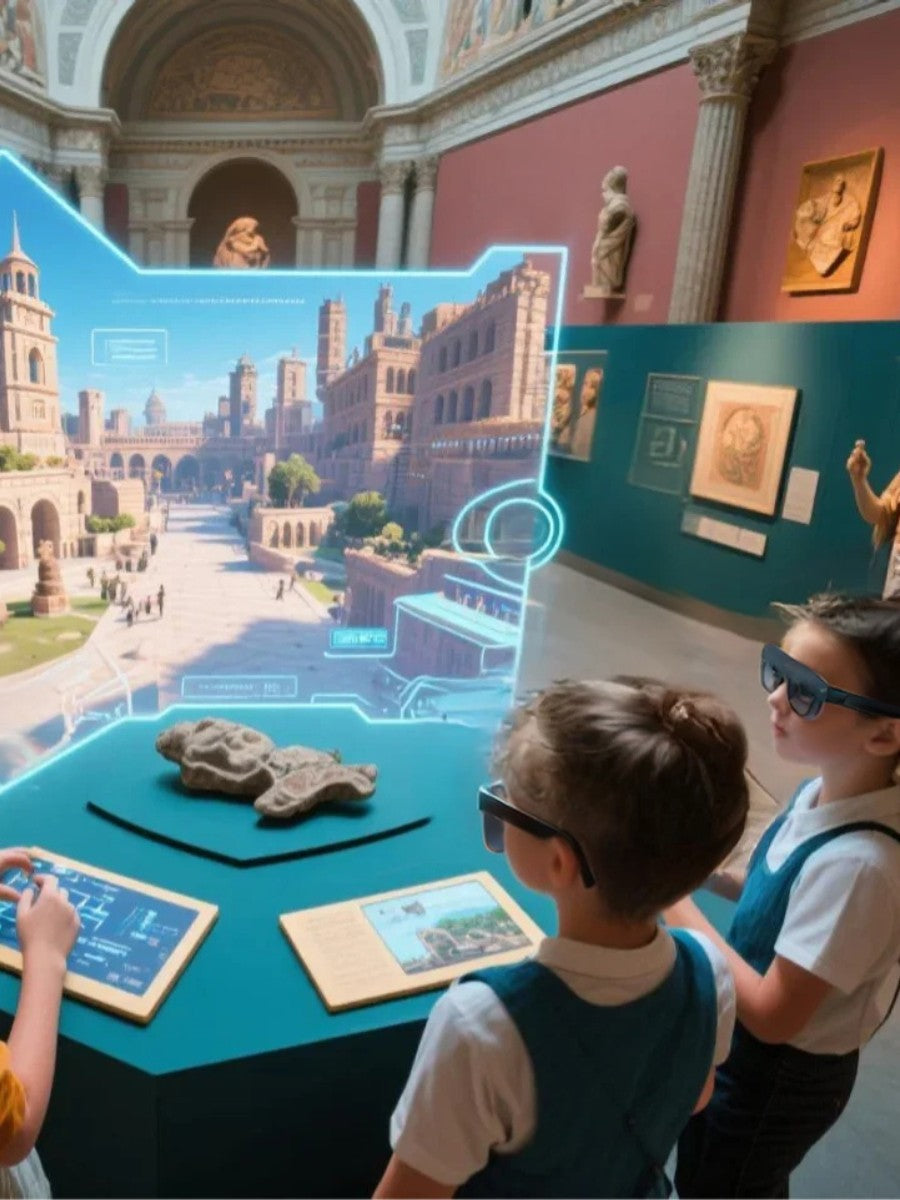
Travel Beyond Boundaries
Spatial cultural tourism removes barriers of distance and accessibility. With XR glasses, anyone can join guided tours of world-famous sites, rare artifacts, and cultural treasures, regardless of physical location. This technology expands opportunities for education and enjoyment, making global culture truly borderless.
Key Scenarios in Spatial Cultural Tourism
Spatial Tourism: Immersive Heritage
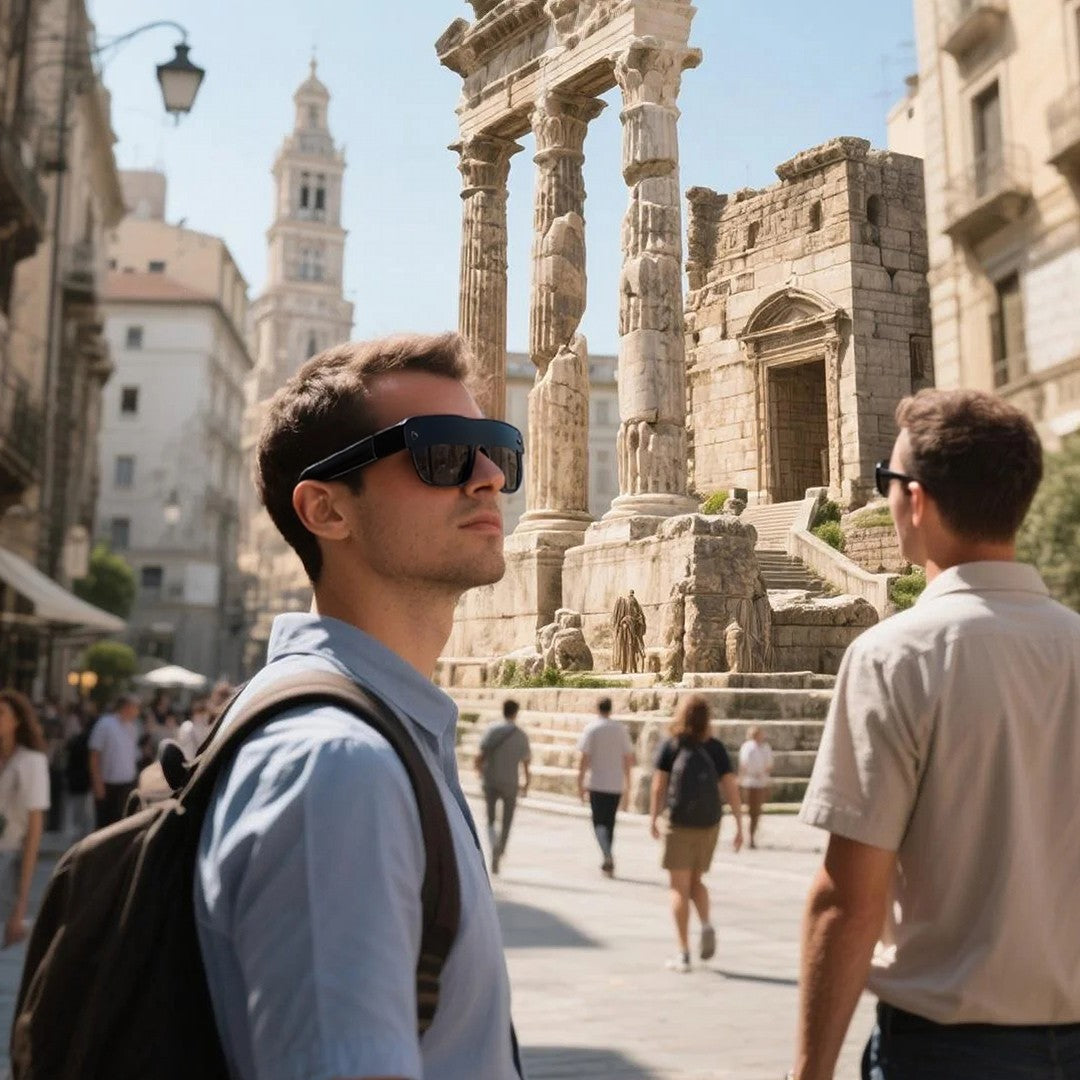
AR Historical Reconstructions
Witness ancient ruins or historical landmarks digitally restored to their original splendor. Wigain XR Glasses overlay detailed 3D reconstructions onto current views, allowing immersive walks through history. Our Large Space Visual Positioning ensures these virtual elements are precisely anchored as you explore.
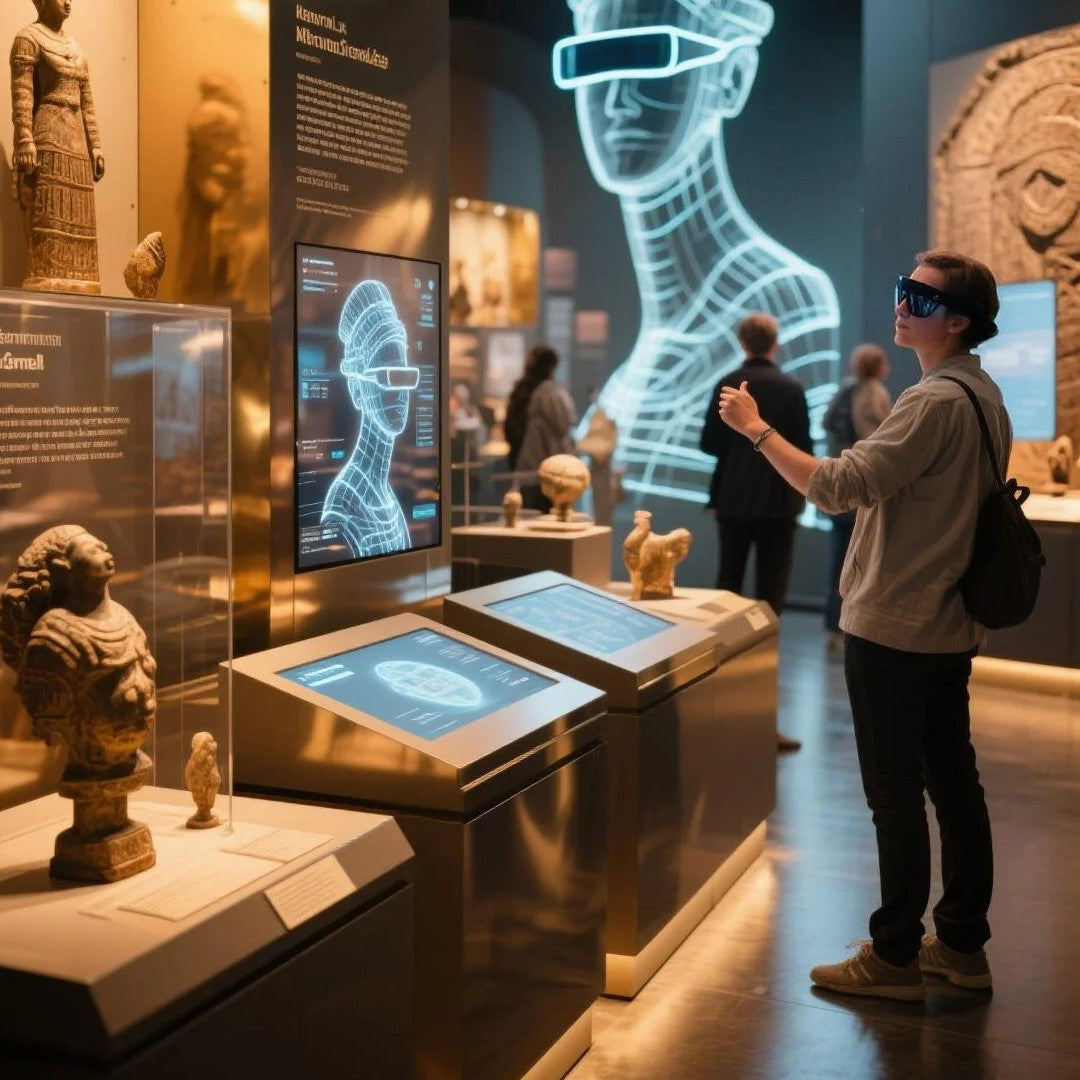
Dynamic Museum Exhibits
Transform museum visits into interactive engagements. Using Wigain XR Glasses, point at artifacts to see them animate, hear expert commentary from digital human guides, or manipulate 3D models with hand gestures. Our Image & Object Recognition seamlessly triggers rich, contextual AR content.
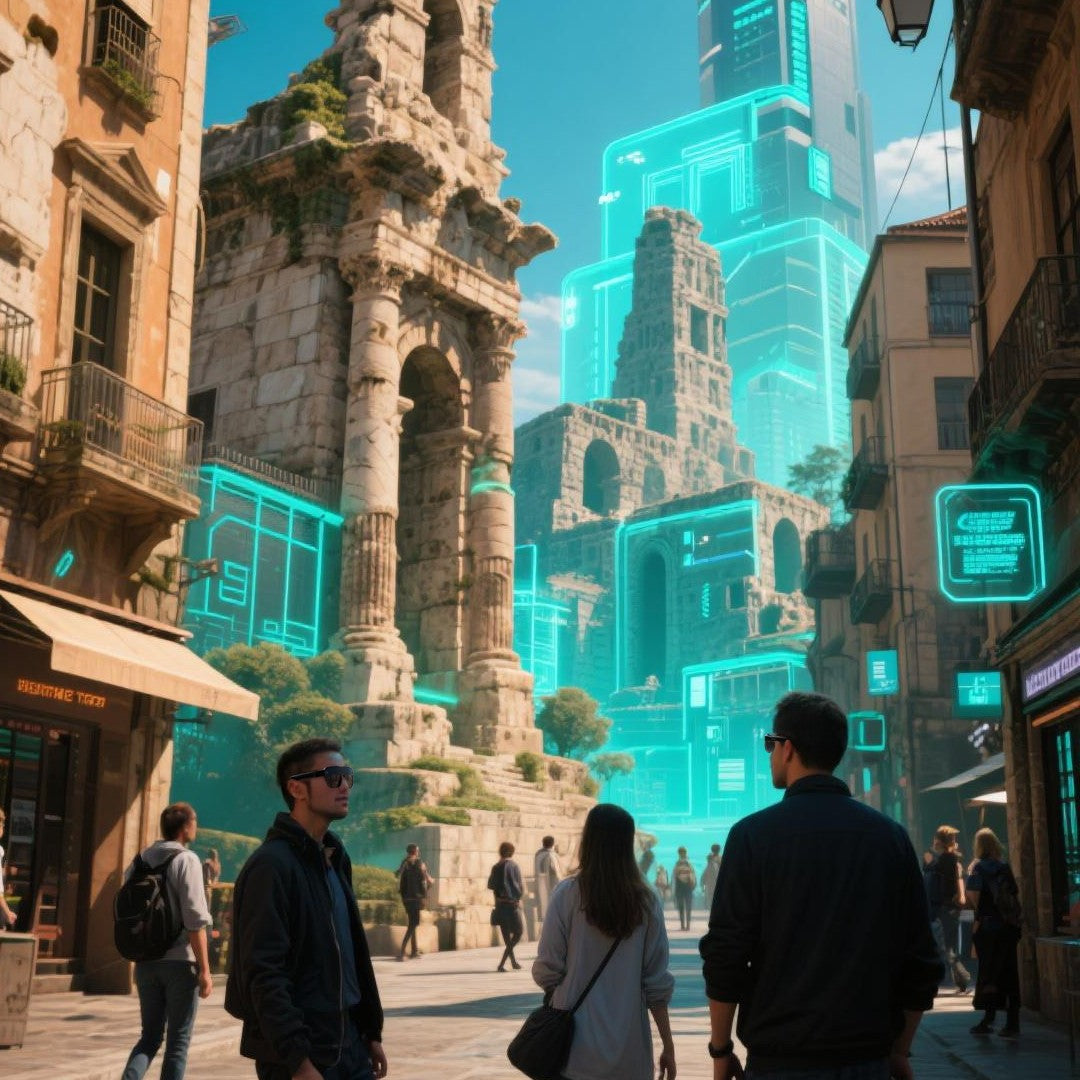
AI Multilingual Tour Guide
Explore global cultural sites without language barriers. The "Guobao Assistant," powered by our Oasis Large Model through Wigain XR Glasses, provides real-time AR translation of signs and information. Enjoy guided tours with AI narrators or digital humans in your preferred language.
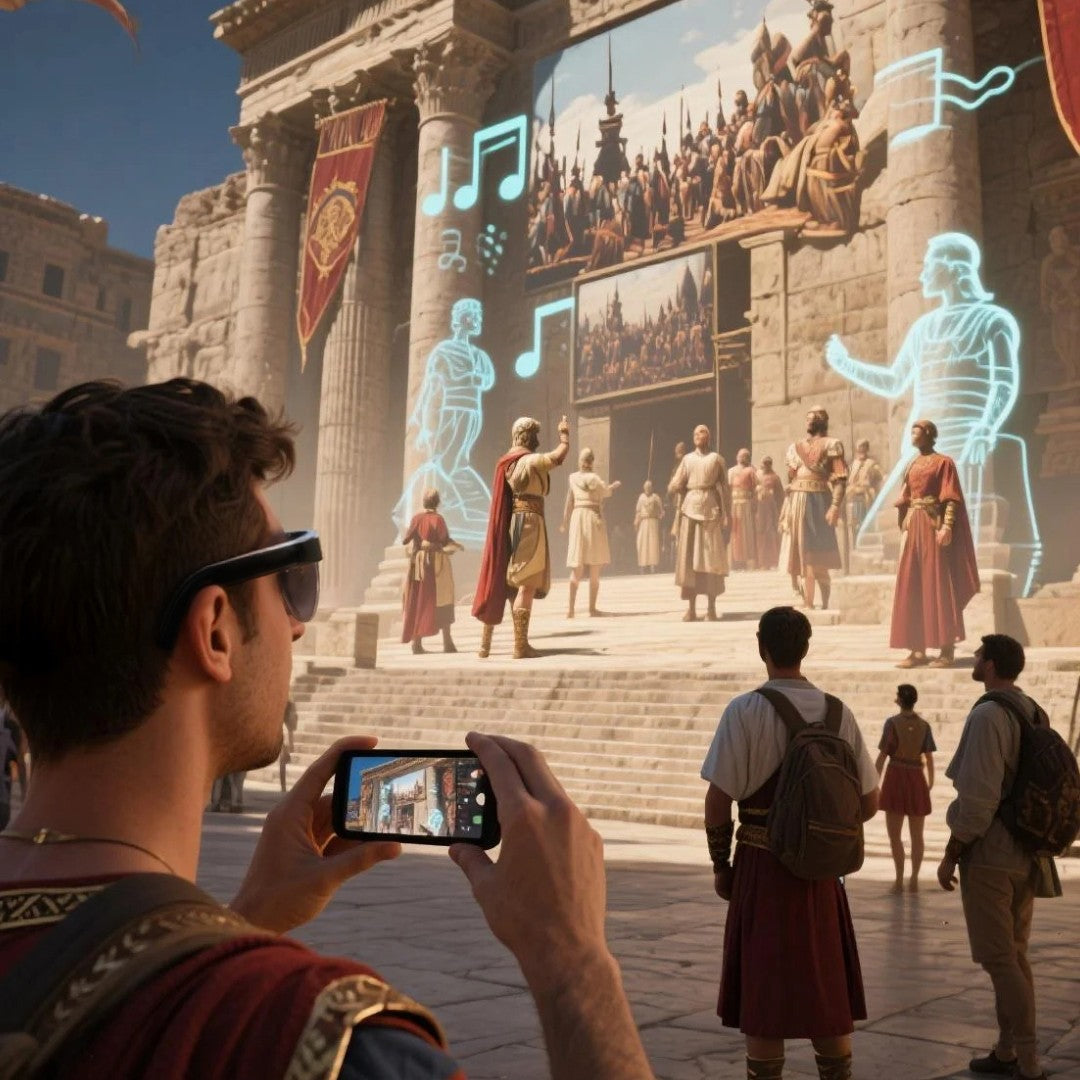
Immersive Storytelling Experiences
Experience cultural narratives in a completely new dimension. Wigain XR Glasses enable location-based AR storyscapes where historical events or local folklore unfold around you with animated characters and rich spatial audio, making cultural learning deeply engaging and memorable.
FAQs
How can Wigain XR Glasses enhance the experience of visiting cultural heritage sites or museums?
Wigain XR Glasses can overlay rich historical context, reconstruct ancient structures in AR, display interactive 3D models of artifacts, and provide guided tours with virtual narrators or digital human guides. This transforms a passive viewing experience into an engaging, interactive, and educational journey through time and culture.
What key functions of Wigain XR Glasses are used in Spatial Cultural Tourism applications?
Advanced SLAM and Large Space Visual Positioning are crucial for accurately anchoring AR content in large historical sites or museum halls. Image & Object Recognition can identify artworks or artifacts to trigger relevant information. The high-resolution see-through display ensures clear viewing of both the physical site and the digital augmentations. Spatial audio can add immersive soundscapes or narrated guides.
Can Wigain XR Glasses provide real-time translation for international tourists at cultural sites?
Yes, the Wigain XR Glasses, powered by our "Oasis Large Model" AI and "Guobao Assistant," can support real-time text recognition and translation capabilities. This allows international tourists to look at signs, exhibit descriptions, or historical markers in one language and see an AR translation in their preferred language overlaid in their view.
How can the "Qiuguo 3D Digital Human Service" be utilized in cultural tourism XR experiences?
Lifelike 3D digital humans can act as virtual historical figures, museum curators, or multilingual tour guides within the AR experience provided by Wigain XR Glasses. They can share stories, answer questions (powered by AI), and lead visitors through interactive narratives, making the cultural experience more personal and engaging.
What solutions or tools does Wigain offer for museums or cultural institutions wanting to create AR experiences?
We offer the Wigain Omnision XR Glasses as the delivery hardware and the Wigain Oasis SDK for developers to create custom AR tours and interactive exhibits. Our "Spatial AI Consulting" services can also assist institutions in designing and implementing compelling spatial cultural tourism applications, including 3D content creation strategies and AI integration.
Are Wigain XR Glasses durable and comfortable enough for use by visitors in various tourism environments (indoor/outdoor)?
Wigain XR Glasses are designed to be lightweight (with a perceived weight as low as 40g) and ergonomic for comfortable extended use. The electrochromic lenses with adjustable tint (3 levels, 0.1s switch) allow for clear viewing in diverse lighting conditions, making them suitable for both indoor museum exhibits and outdoor historical site exploration.


